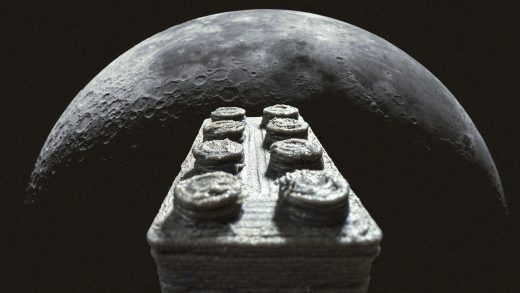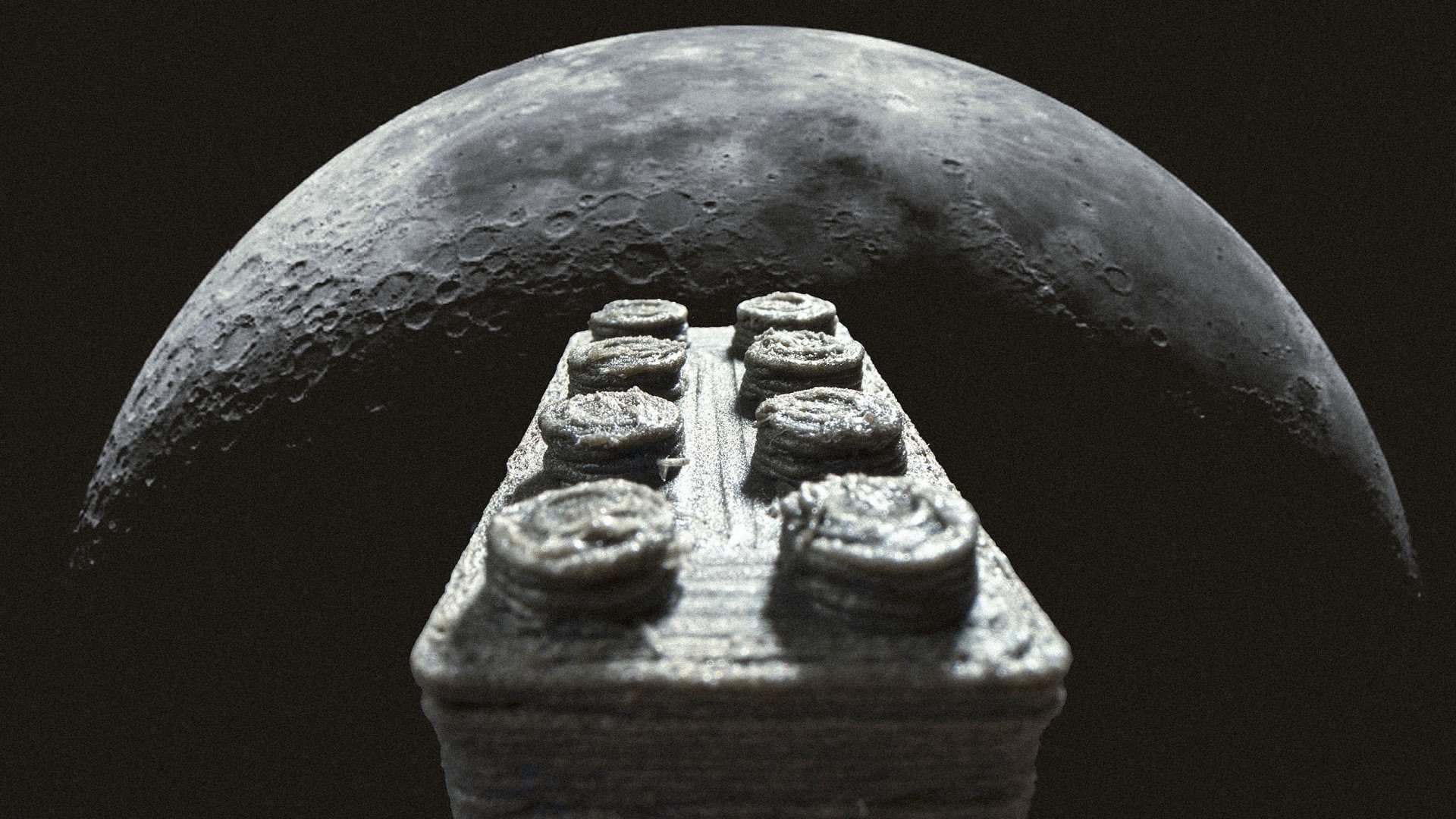These Lego bricks made from a meteorite could help scientists build the first structures on the moon
These Lego bricks made from a meteorite could help scientists build the first structures on the moon
The European Space Agency is 3D-printing bricks made with the dust from a 4.5-billion-year-old meteorite.
Lego bricks have been fodder for a number of unexpected projects over the years, from making sounds for ASMR videos to teaching kids how to read Braille. Now, the bricks might be used for something truly groundbreaking: helping to build the first-ever structures on the moon.
The space bricks, developed by the European Space Agency (ESA), were announced this week. They’re a series of 3D-printed Legos made from materials that mimic the moon’s surface and were created as part of the ESA’s current mission to puzzle out the best way to build a future moon base. Fans can see the one-of-a-kind creations up close at the Lego House in Billund, Denmark or in select stores, from June 24 through September 20.
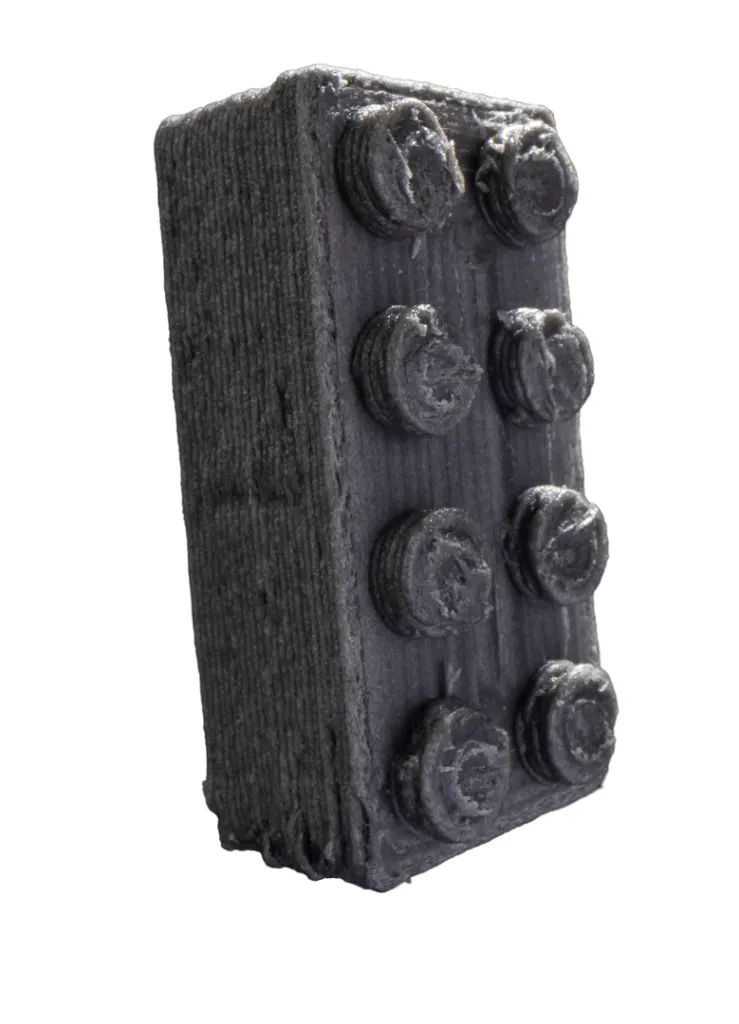
The bricks look and work like regular Legos (including making that satisfying “snap” sound), except for one catch: They’re all gray. That’s because they’re literally made out of a meteorite. Being an architect on Earth is hard enough, but, as it turns out, designing for the moon presents even more challenges. Namely, there’s the issue of materials—and that’s where the meteorite comes in.
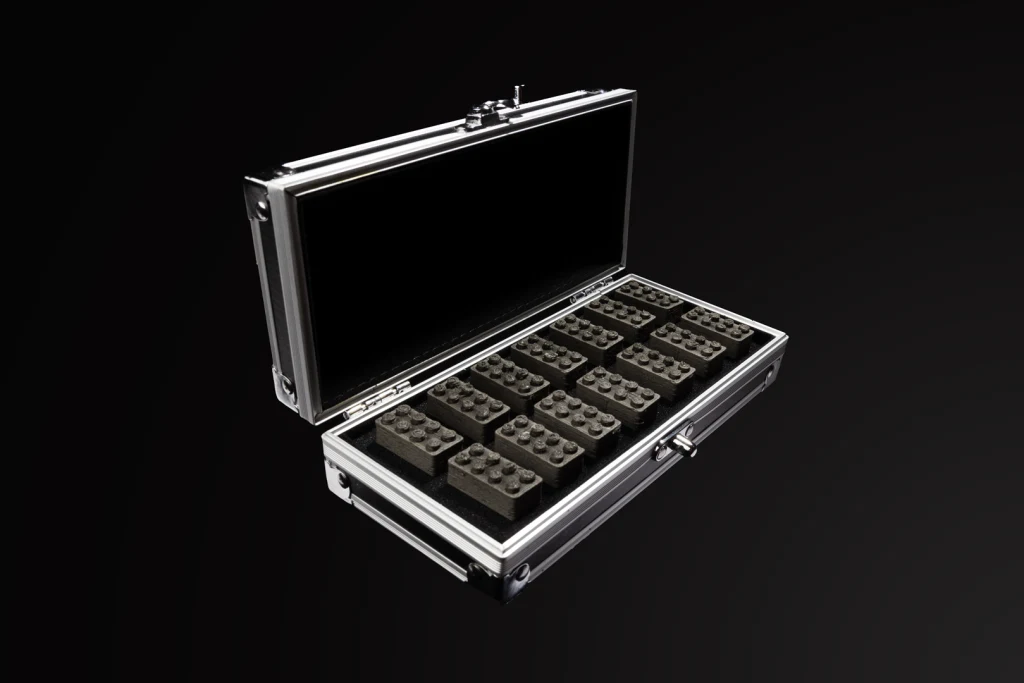
Transporting a building material like concrete from Earth to the moon would be an incredibly difficult and costly enterprise. Instead, scientists currently plan to use the sand-like layer of loose sediments that already exists on the moon’s surface, called regolith, as the base of any future structures.
“We will aim to use the abundant local regolith for the same purpose, to build radiation shields, micrometeorite protection and other surface infrastructure,” an ESA spokesperson said in an email to Fast Company. “Right now, ESA is investigating the different technologies and approaches that can be used to make building on a planetary surface a reality”—which, they added, could be in as few as 10 years.
The only problem with this plan is that, currently, the only moon regolith available on Earth lives in small samples collected by the Apollo missions. So, the ESA turned to a 4.5-billion-year-old meteorite discovered in Northwest Africa in 2000 as their source for Lego-building space dust. According to Lego, “by mixing this meteorite dust with a bit of polylactide and regolith simulant (you know, as you do),” the team was able to make workable Legos.
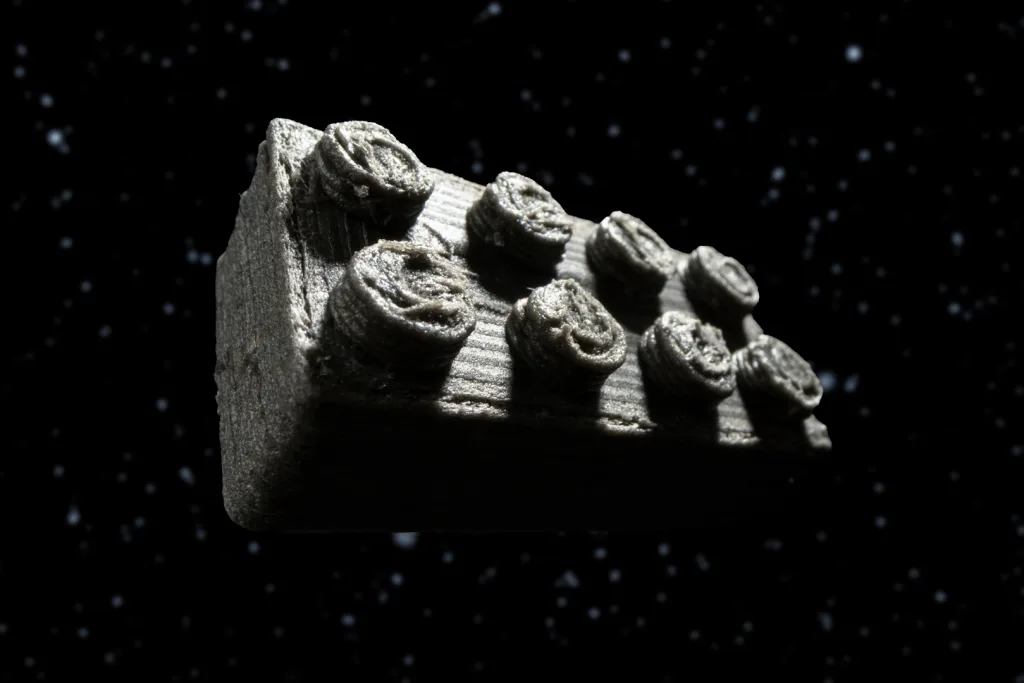
“My team and I love creative construction,” ESA science officer Aidan Cowley said in Lego’s press release, “and had the idea to explore whether space dust could be formed into a brick similar to a Lego brick, so we could test different building techniques. The result is amazing, and while the bricks may look a little rougher than usual, importantly the clutch power still works, enabling us to play and test our designs.”
The ESA also believes these space Legos can help inspire kids to get curious about space science. But don’t get your hopes up too high because the rare meteorite bricks are for viewing only (outside of the ESA lab, of course).
(6)

